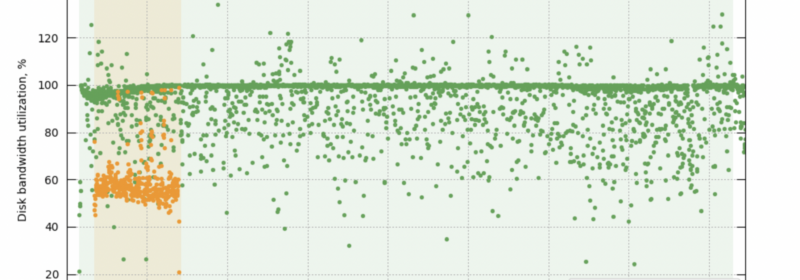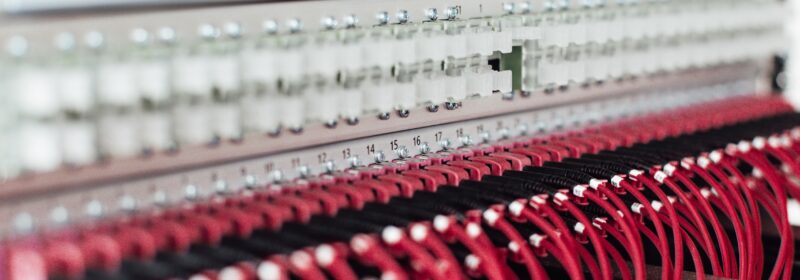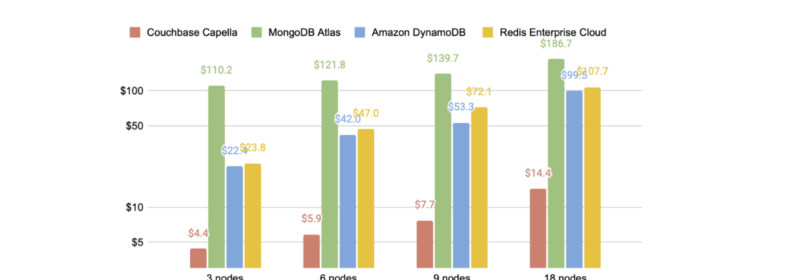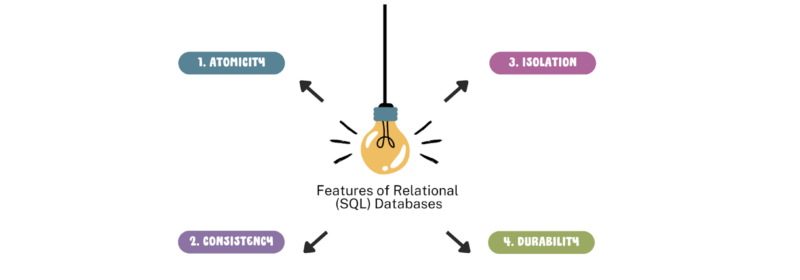Category: Couchbase Architecture

Rebalance Reimagined: Faster Scaling of Couchbase’s Index Service With File Transfers
Faster scaling of database resources is essential for maintaining efficient and performant databases, especially with the increased pressure of data ingestion, growing query demands, and the need to handle failovers seamlessly. As application-driven query traffic is primarily handled by index...

Announcing Vector Search and a Whole Lot More!
Couchbase Announces Vector Search Couchbase announces vector search across its entire product line including Capella, Enterprise Server, and Mobile to enable building AI-powered adaptive applications that run anywhere. Happy Leap Day! And congratulations to the entire Couchbase team for delivering...

Index Service Improvements in Couchbase Server 7.2.2 : Part 2
This is Part 2 of a two part blog. Part 1 discusses the Index service scaling improvements implemented in Couchbase Server 7.2.2. This second part focuses on reducing memory and disk I/O overheads. Reducing Memory Overheads for Indexer Process Couchbase...

Index Service Improvements in Couchbase Server 7.2.2 : Part 1
Since the start of this year, we (Couchbase Indexing Team) undertook a project to improve indexing service on Capella. This blog discusses the goals we planned to achieve at the start of this project and the list of improvements delivered...

Offline-first: a mindset for developing faster, more reliable mobile apps
What does offline-first mean? The term “offline-first” describes a mobile app that is built to perform most, or all, of its core functionality without access to the Internet. The concept is simple enough, but all too often this is not...

How Generative AI Works with Couchbase
Welcome to the season of AI. Generative AI. With this blog we will explain how generative AI works with Couchbase. We know generative AI is going to be a huge issue and opportunity for nearly every data-enabled enterprise application. In...

Unlocking Next-Level Search: The Power of Vector Databases
These days, you can’t go anywhere without hearing about the latest breakthroughs in artificial intelligence (AI). The concept may feel overwhelming if you haven’t incorporated AI into your platform, but it’s much easier to understand than it seems. One of...

Data Replication: Advantages & Disadvantages
Data replication (storing redundant copies of data in multiple locations) is crucial when it comes to maintaining high availability, improving the performance of your systems, and ensuring business operations run smoothly in the event of disaster. However, it does come...

What is a Distributed Application? Definition and Examples
A distributed application is a program that runs on one or more computers simultaneously and communicates through a network. In this blog post, we’ll dive into how distributed applications work, how they differ from standalone or traditional applications, how you...

Implementing an Application Modernization Strategy
Today, organizations must continuously evolve to stay competitive and meet customer needs. Because legacy systems can’t meet the requirements of new applications, organizations are turning to application modernization for improved speed, flexibility, and scale. In this article, we’ll explore the...

Couchbase Capella Outshines DynamoDB, MongoDB, Redis in Speed, Functionality, and TCO
Altoros, a renowned IT consulting organization with an extensive history in database comparison, has published their most recent independent benchmark, commissioned by Couchbase. The benchmark evaluates the DBaaS solutions offered by Couchbase, Redis, Amazon, and MongoDB. This study utilizes the...

Relational vs. Non-Relational Databases: Features and Benefits
Databases play a crucial role in storing, organizing, and retrieving information. Two main types of databases are relational (SQL) and non-relational (NoSQL) databases. Both have unique features and benefits, so choosing the right type of database is essential for building...
